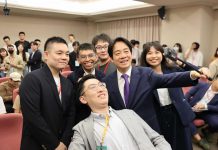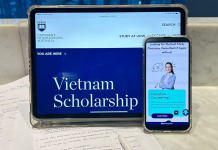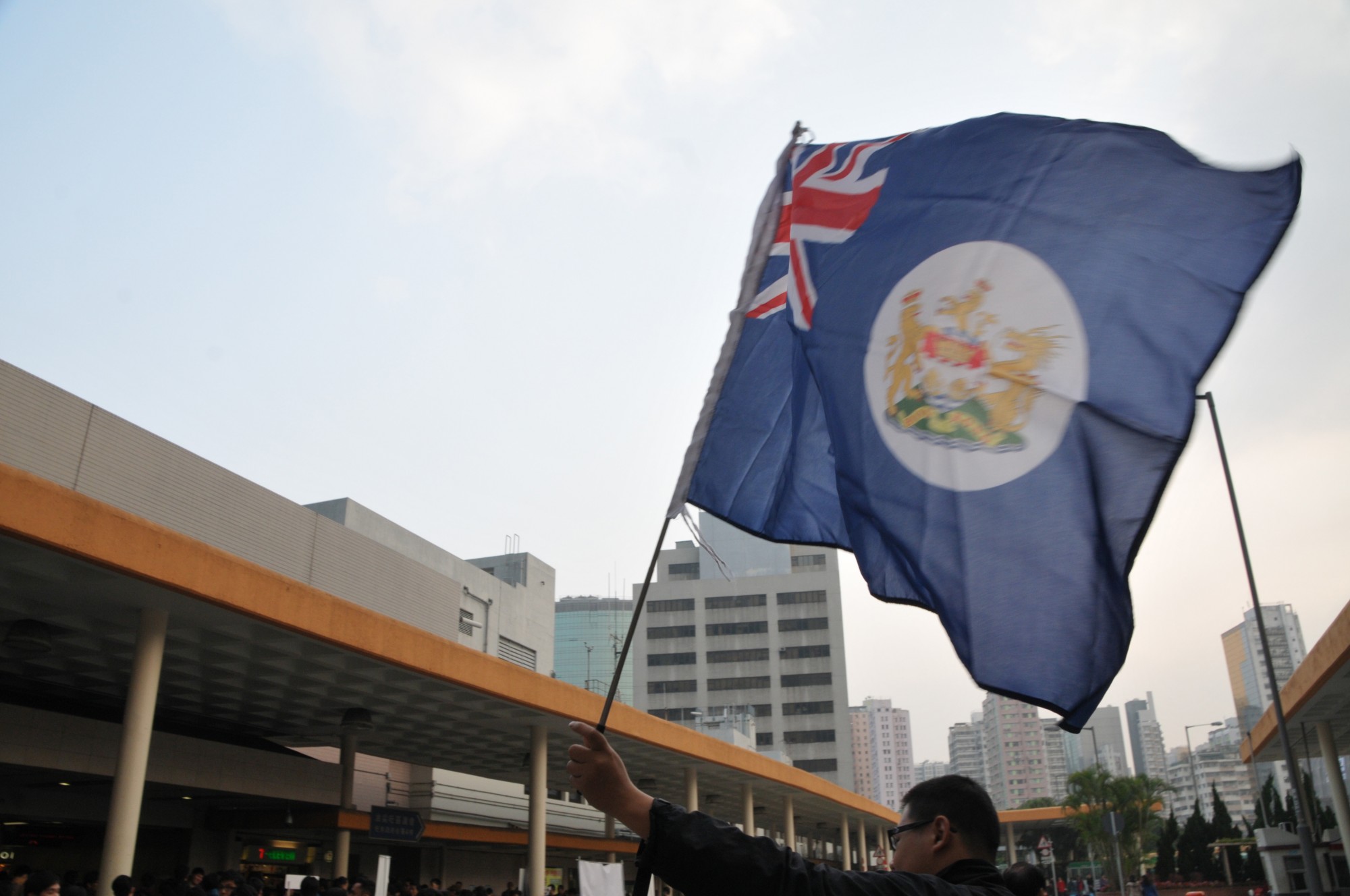The struggle between local consciousness and national identity gathers pace
By Natalie Tsoi and Jeffrey Wong
A man walks into Mong Kok East railway station pulling a trolley loaded with heavy cardboard boxes. When he tries to pass through the turnstile, a group of angry people immediately surround him, waving blue flags and swearing. The man is trapped. He cannot move until he has proven that his boxes contain fluorescent lights, not milk powder or other grey goods destined for sale across the border.
This incident is merely a tip of the iceberg. Tensions have been simmering between Hong Kong people and those from the Mainland for years and came to a head at the beginning of 2012. The flashpoint was when a security guard from the luxury fashion retailer, Dolce & Gabbana, forbade locals from taking photos outside their flagship store at Tsim Sha Tsui and said that only Mainlanders could do so.
Shortly after that, a video showing a dispute between Hong Kongers and mainland tourists over the tourists eating food on an MTR train went viral. Then, in a television discussion about the video, a Peking University professor called Hong Kong people dogs.
Tensions were stoked further when a group of Hong Kong netizens fought back against the insult. They raised money from donations to place an advertisement in the newspapers, calling mainland Chinese “locusts” swarming the city.
The advertisement fed into the discontent many people in the city felt that mainlanders were coming to Hong Kong to give birth to children who could then claim right of abode here, competing with existing local families for hospital resources and primary school places. The rampant parallel trading activities that have affected the daily lives of Hong Kong people have further driven a wedge between Hong Kong and the Mainland.
The protests, such as those outside Mong Kok East and Sheung Shui stations may seem to be about a battle for resources or a reaction to changes in Hong Kong people’s way of life. Outsider observers might even see them as an expression of discrimination against the “other”. But as the more than 100,000 people who turned up to protest against the government’s proposed national education curriculum for schools showed, the battle for resources masks an ideological struggle. There is a brewing war between local consciousness and nationalism.
In the most recent findings from the “Identity and National Identification of Hong Kong People” survey conducted by the Chinese University of Hong Kong, 23 per cent of the respondents chose “Hongkongese” as their answer to the question “How do you identify yourself?”. This was the highest percentage since 2006. At the other end, 12 per cent picked “Chinese”, the lowest figure since the biannual survey was started 17 years ago.
Professor Eric Ma Kit-wai, who has conducted the survey from the beginning, says the results show how citizens have changed their minds. Ma says the initial projected outcome was that local identity would gradually diminish while national identity would rise. For the most part, the results seemed to confirm this but he began to witness a change in the trend in 2010.
Ma says the frequent disputes over resources between Hong Kong and the Mainland are some of the reasons for the change. Hong Kongpeople feel their own way of living is being eroded bit by bit. Also, Hong Kong media are producing more detailed news reports that reveal the negative side of China, like the mysterious “suicide” and death of activist Li Wangyang and the constant food scares. Ma says these have led to a worsening general impression of the country. At the same time, it has made Hong Kongpeople treasure their local identity more, in order to differentiate and distance themselves from what they see as the undesirable behaviour and culture of mainlanders.








































Very impressive article, Jeffrey (and colleague)–well written and well balanced.